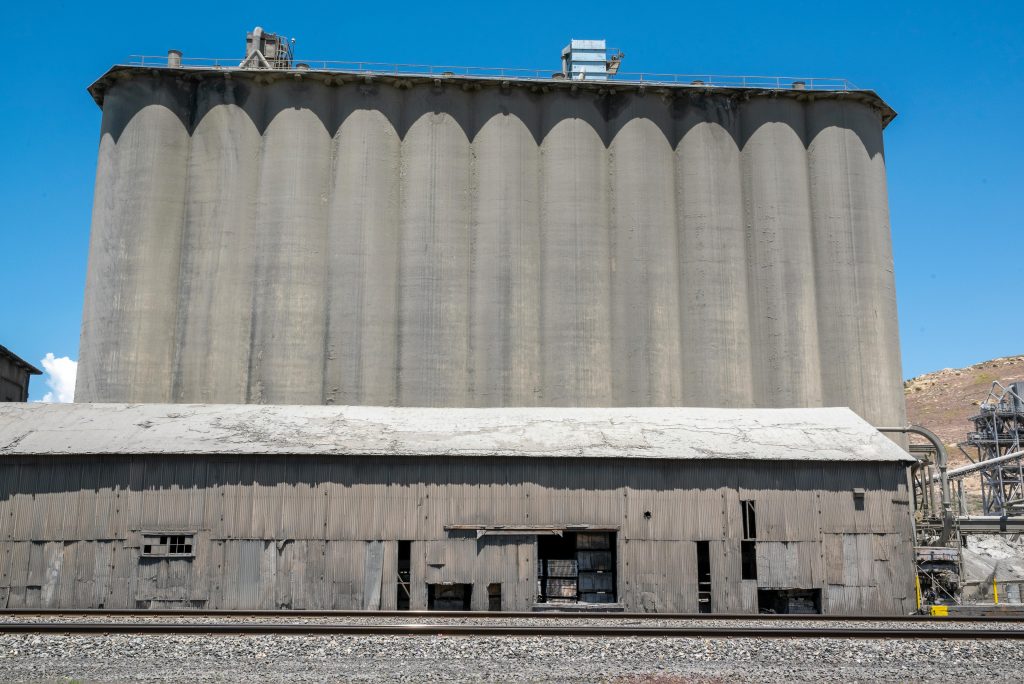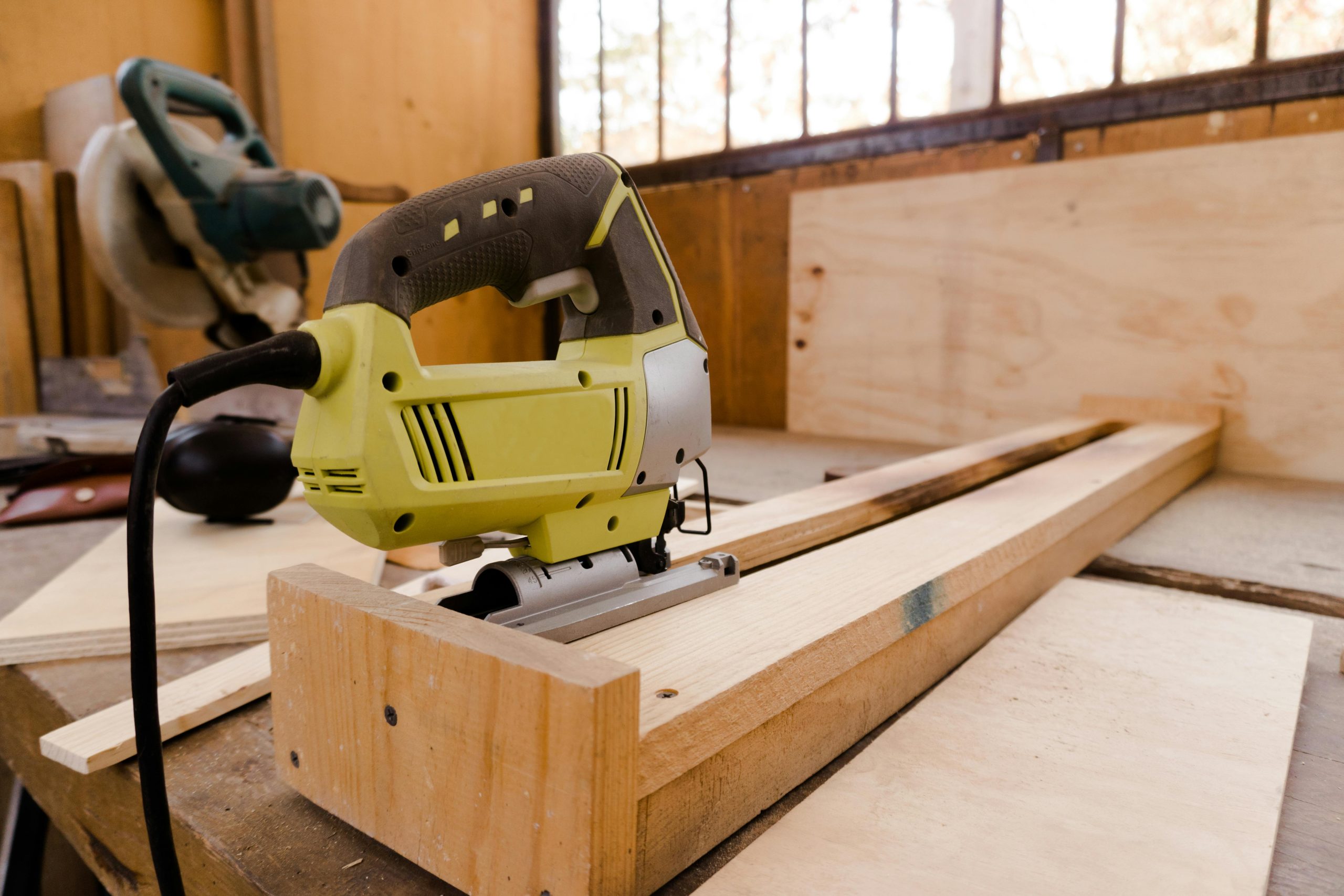How to Calculate the Volume of Concrete You Need
Introduction
Ordering the right amount of concrete is crucial for any construction or DIY project. Too little, and you’ll waste time—and money—waiting for a second truck or mixing more bags. Too much, and you’re left with unused concrete that hardens in the mixer or on the site. In this guide, you’ll learn a straightforward, step-by-step method to measure your pour area, apply the right formulas, convert units, and build in a waste buffer. Whether you’re pouring a driveway, footings, or a small slab, by the end of this post you’ll be confident you’ve ordered exactly what you need—no guesswork required.

1. Map Out Your Pour Area
1.1 Sketch the Shape
Begin by drawing a simple top-down diagram of the area you plan to fill with concrete. Common shapes include:
- Rectangle (slabs, patios, footings)
- Circle (column bases, pads)
- Trench or Irregular Shapes (footings under walls, garden edging)
1.2 Measure Key Dimensions
Use a tape measure or laser measure for accuracy. Record:
- Length (L) – in feet or meters
- Width (W) – in feet or meters (for circular shapes, measure diameter and halve for the radius)
- Depth/Thickness (D) – decide how thick your pour needs to be (e.g., 4″, 6″, or 8″ for slabs)
Pro Tip: Always measure in the same unit (feet or meters) to avoid conversion errors.
2. Calculate the Raw Volume
2.1 Rectangular Pour (Slab or Footing)
Use the formula: Volume=L×W×D\text{Volume} = L \times W \times DVolume=L×W×D
- Example: A 16 ft × 12 ft slab at 6 in (0.5 ft) thick V=16×12×0.5=96 cubic feetV = 16 \times 12 \times 0.5 = 96\ \text{cubic feet}V=16×12×0.5=96 cubic feet
2.2 Circular Pad (Column Base)
Use: Volume=π×r2×D\text{Volume} = \pi \times r^2 \times DVolume=π×r2×D
- Example: A 4 ft diameter pad (r = 2 ft) at 8 in (0.667 ft) thick V=π×22×0.667≈8.38 cubic feetV = \pi \times 2^2 \times 0.667 \approx 8.38\ \text{cubic feet}V=π×22×0.667≈8.38 cubic feet
2.3 Trench or Irregular Sections
Break the shape into rectangles or trapezoids, calculate each volume, then sum. For a footing trench: V=Length×Width×HeightV = \text{Length} \times \text{Width} \times \text{Height}V=Length×Width×Height
3. Convert to Ordering Units
3.1 Cubic Yards (US Customary)
Mixers and ready-mix trucks use cubic yards. 1 cubic yard=27 cubic feet1\ \text{cubic yard} = 27\ \text{cubic feet}1 cubic yard=27 cubic feet Volume (yd³)=Volume (ft³)27\text{Volume (yd³)} = \frac{\text{Volume (ft³)}}{27}Volume (yd³)=27Volume (ft³)

- Example: 96 ft³ ÷ 27 ≈ 3.56 yd³
3.2 Cubic Meters (Metric)
If you’re ordering in metric regions: 1 m³=35.3 ft³1\ \text{m³} = 35.3\ \text{ft³}1 m³=35.3 ft³ Volume (m³)=Volume (ft³)35.3\text{Volume (m³)} = \frac{\text{Volume (ft³)}}{35.3}Volume (m³)=35.3Volume (ft³)
- Example: 96 ft³ ÷ 35.3 ≈ 2.72 m³
4. Add a Waste Buffer
4.1 Why You Need Extra
Concrete can settle unevenly, subgrade can be soft, and spillage is almost inevitable. A buffer ensures you won’t run short.
4.2 How Much to Add
- Standard Projects: 5% extra
- Complex Forms or Sloped Areas: 7–10% extra
- Large, Critical Pours: Up to 15% extra
Adjusted Volume = Raw Volume × (1 + Waste Fraction)
For 3.56 yd³ with a 10% buffer:
3.56 × 1.10 ≈ 3.92 yd³
5. Ordering and Mixing Options
5.1 Ready-Mix Truck
- Typical Capacities: 4, 6, 8, 10, and 12 yd³
- Best For: Pours over 2 yd³ or when speed and consistency matter
- Tip: Round up to the nearest half-yard if your supplier allows partial loads.
5.2 Bagged Concrete (Premix)
- 60-lb bag: Yields ~0.45 ft³ (0.017 yd³)
- 80-lb bag: Yields ~0.6 ft³ (0.022 yd³)
- Calculation: Number of bags=Required ft³ft³ per bag\text{Number of bags} = \frac{\text{Required ft³}}{\text{ft³ per bag}}Number of bags=ft³ per bagRequired ft³
- Best For: Small repairs, post-hole footings, or when no truck access
6. Real-World Example: Sidewalk Repair
- Dimensions: 10 ft long × 3 ft wide × 4 in (0.333 ft) thick
- Raw Volume: 10×3×0.333=9.99 ft³10 \times 3 \times 0.333 = 9.99\ \text{ft³}10×3×0.333=9.99 ft³
- Convert to Cubic Yards: 9.99÷27≈0.37 yd³9.99 ÷ 27 ≈ 0.37\ \text{yd³}9.99÷27≈0.37 yd³
- Add 10% Waste:
0.37 × 1.10 ≈ 0.41 yd³ - Order: Round up to 0.5 yd³ or one small bag mix.
7. Tips for Accurate Calculations
- Measure Twice: Double-check all dimensions before calculating.
- Consistent Units: Keep feet with feet, inches converted to decimals, meters with meters.
- Consult Your Supplier: Ask about minimum orders, load increments, and truck access.
- Account for Slopes: If your pour slopes for drainage, calculate separately for each section.
- Factor in Accessibility: If mixing on-site, you may need more time and labor—plan accordingly.

Conclusion
Calculating concrete volume doesn’t have to be daunting. By mapping your pour area, applying the right geometric formulas, converting to yard or meter units, and adding a sensible waste buffer, you’ll ensure you order precisely what you need—saving time, money, and frustration. Whether you’re managing a major project or tackling a weekend repair, these steps will give you the confidence to pour with peace of mind. Happy building!










Post Comment